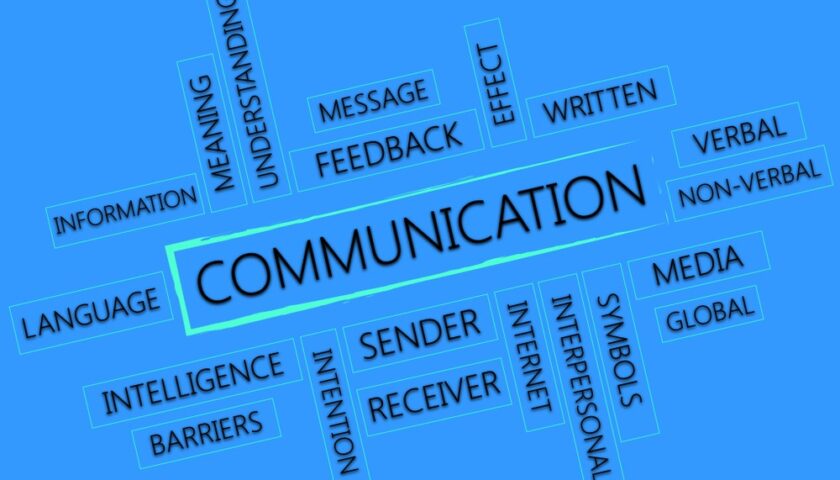Most international carriers globally, incorporate a Safety Management System (SMS), which encourages reporting instances, whereby the safety of a flight was compromised. The good part of such a system is that its generally non-punitive unless there is an intentional violation, which compromises the safety of the flight. It thus gains the confidence of the pilots and makes the system more effective. The airlines make a conscious effort to expose its flight crew to the potential hazards of distractions. Strict adherence to the ‘Sterile Cockpit Rule’ is implemented. Cabin crew and ground staff are trained and instructed to refrain from interrupting the cockpit crew while they’re in the midst of a briefing or entering critical flight data into the FMS, including computation of takeoff speeds. Strict adherence to SOP is mandated and checklist discipline is reinforced during line and simulator training. The key here is for every company to “educate” it’s staff with regards to the challenge that is posed by distraction, affecting the safety of the flight.
Today, the ubiquitous presence of mobile phones and the internet has redefined the distractions and their reach. Reachability via voice or video and vulnerability to constant email and texting has become a nightmare for organisations concerned with safety.
It has been established in various studies that driver distraction contributed to nearly a quarter of car crashes, and more than 70 percent of truck crashes.
‘Simply put, drivers using a mobile phone are approximately four times more likely to be involved in a crash’, a paper in the society’s journal said.
Flight deck and Aircrew
How does this translate to the cockpit? After all, pilots are trained to be experts at multitasking. Are they surely experts at multitasking?
Here are few uptakes for consideration.
Mobile phone use was a significant factor in a serious ‘incorrect aircraft configuration’ incident involving a Jetstar Airbus A321 attempting to land in Singapore in May 2010. The crew failed to complete the landing checklist and the aircraft made a go-around because the landing gear had not been deployed.
A Northwest Airlines crew missed its destination by 150 miles because the pilots were using their laptops to review company seniority and scheduling policies. They never heard the handoff call from Denver Airport and buzzed past Minneapolis, their destination, before a flight attendant brought it to their attention as they flew over Wisconsin.
Mobile phones have also been implicated in fatal accidents . For example:
- In May 2014, the crash of a Cessna 150 in Colorado killed the pilot and passenger. There was evidence from a GoPro camera recovered from the aircraft that the pilot and passenger had been taking selfies on their mobile phones, using a flash, while in night IMC conditions. The National Transport Safety Board report concluded that it was ‘likely that cell phone use during the accident flight distracted the pilot and contributed to … the loss of control.’
- Distraction due to personal texting by the pilot during ‘safety-critical ground and flight operations’ was a contributing factor in the fatal crash of an emergency medical services helicopter in Missouri, USA, in August 2011. The helicopter, which was operating in day VMC, crashed because of fuel exhaustion.
- A student helicopter pilot in Palm Beach, Florida, sued his flight school in 2016, alleging that his instructor was using FaceTime on his mobile phone just before their Robinson R22 went down, killing the instructor and seriously injuring the student.
Rule position
When the flight attendant says “Please turn off all personal electronic devices,” that will apply to the pilot and crew as well.
The FAA has banned pilots and flight crews from using laptops, tablets, cell phones, and other similar devices for personal use.
The European Union has similar rules. Some airlines and operators have guidelines and sops which prohibit the use of PED below 10,000 ft altitude. However, crews are still allowed to use approved devices for operational purposes.
Distraction can come in many forms like irrelevant communication, flight attendant entering cockpit, call from ATC or company, Heads down work etc.
General Consequences of Distractions
As can be seen, distraction can seriously hamper the safety of a flight. Some of the general consequences of distraction include, and are not limited to, breaking the flow of cockpit procedures, increased workload, reduced situational awareness, fixation, missing/misinterpreting of ATC instructions, etc. Clearly, every single consequence can have a devastating impact on the safety of the flight. Some of the situations, which can arise as a consequence of distraction include, and, again, are not limited to, runway/taxiway incursion, incorrect configuration for takeoff, level busts, unstable approaches, wrong input of weights into the FMS and incorrect computation of takeoff speeds.
And there is also a risk of distraction which compromises fitness to fly. Let me elaborate.
Before the advent of mobile phones, pilots were essentially uncontactable for personal matters while in the air. If there was a family emergency, they would probably not hear about it until they were safely on the ground.
But imagine a pilot who, half way through a flight, receives a phone call or text from a partner saying that his or her child is in hospital—or worse. Even if the aircraft could be turned around, the state of mind of the pilot would most likely be affected.
Eliminating Distractions
The root of this discussion is based on the very real cognitive limitations of humans. According to a NASA study, “Pilots are highly vulnerable to errors of omission when they attempt to interweave two or more tasks.” Cognitive research indicates that people are able to perform two tasks concurrently only in limited circumstances, even if they are skillful in performing each task separately.
The only solution is ‘Turn it OFF”. Set your own personal limits and be safe.
What do you think?



